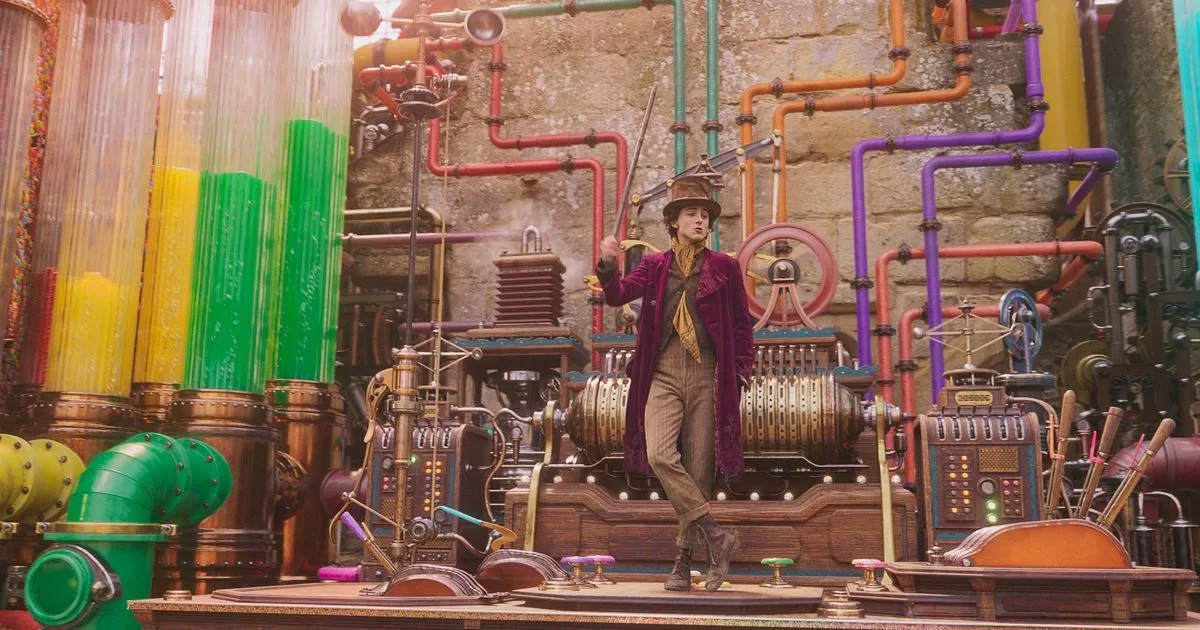The Vall d’Hebron Hospital, in Barcelona, successfully carried out the first lung transplant with fully robotic surgery through a new route, a small incision under the sternum through which the diseased lung is removed and the new one is inserted, without the need to open the thorax.
The Spanish hospital today presented this pioneering technique that represents an international milestone, since there is only one precedent in the Mount Sinai Hospital in New York but the robotic surgery was partial, indicated the head of Vall d’Hebron’s Thoracic Surgery and Lung Transplant Service. , Albert Jauregui.
Lung transplants are aggressive surgeries because they force an incision to be made in a large part of the chest and break the ribs, in order to reach the organs.
To try to avoid this situation, Vall d’Hebron created “a new, minimally invasive technique, so as not to open the thorax or the sternum as if it were the hood of the car,” Jauregui highlighted.
This new technique consists of making “a small incision below the sternum, without breaking the ribs, where the lung enters and exits,” he explained.
In addition, even smaller incisions are made on the side of the ribcage to enter the arms and 3D cameras of the Da Vinci surgical robot, with which the surgeon operates to remove and insert organs using the opening below the sternum.
To introduce the new lung, the specialists ‘deflated’ the organ in the operating room so that it could enter through the small incision under the sternum, in a place on the body that has the advantage of having “very elastic” skin, which gives room for to expand the opening although “without having to touch a rib,” Jauregui highlighted.
This innovative intervention was carried out at the end of February at the Vall d’Hebron Hospital and lasted about 5 hours.
Transplant recipients take medication for life to control rejection of the new organ and this complicates healing from surgery, but, as the incisions in this case were small, the patient only required paracetamol after the intervention, when undergoing a transplant Conventional lung drugs are administered opioids, much more powerful painkillers.
This new technique not only reduces postoperative pain, but also allows respiratory rehabilitation to advance and has the capacity to reduce hospitalization days, although it is still too early to determine how many days it would reduce compared to conventional transplants, because there has only been a first case, Jauregui pointed out.


